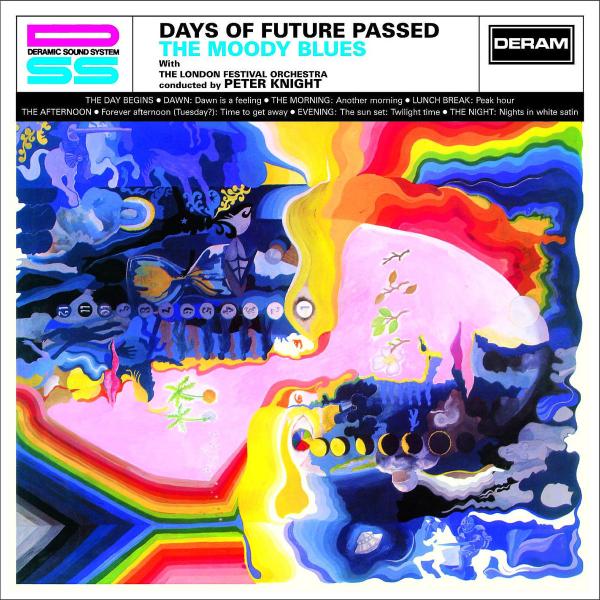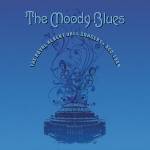Weitere Produkte von The Moody Blues |
Mein Konto
|
Anmelden
|
Deutsch |
£ British Pound |
erweiterte Suche
|
Alle Kategorien
BEST SELLER
500
NEUHEITEN
10.618
ANGEBOTE
240.035
Bisherige Auswahl:
keine Auswahl
Ergebnis einschränken:
TECHNIK
291.405
MUSIK
709.040
- Beat
188
- Bombast Rock
100
- Glamrock
95
- Klassik Rock
13.230
- Latin Rock
202
- Mainstream Rock
65.247
- Rockpop
19.494
- Soft Rock/Pop Rock
466
- Westcoast
519
Songwriter
2.852
|
Musik Filme Hörbücher Merchandise Kinder |






















![Concertgebouworkest / Bernhard Haitink - Bernhard Haitink: Complete Studio Recordings [US-Version, Regio 1/A]](https://img.grooves.land/images/cover/373/527/0vvrfzba.j11)











